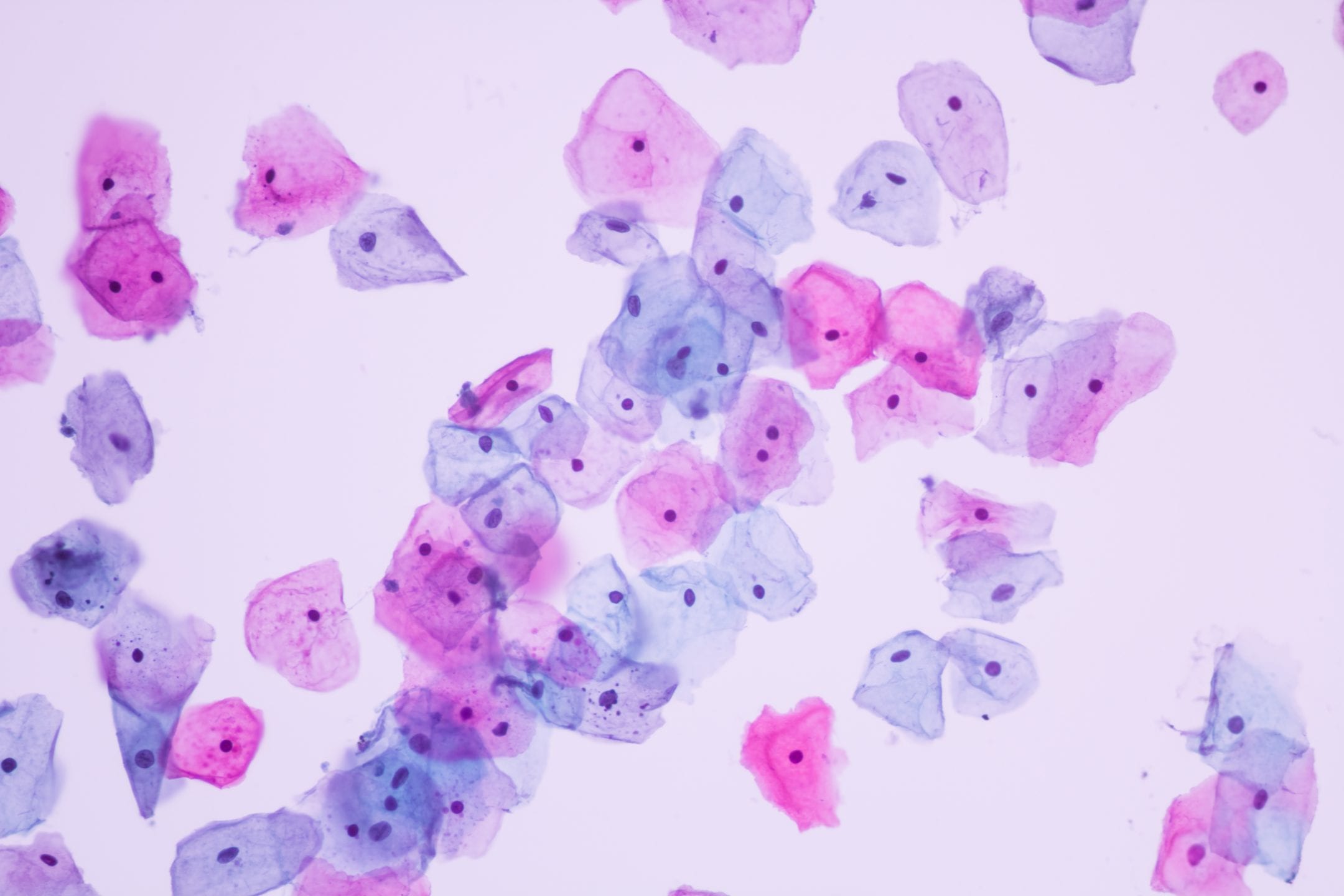Electronic chip from University of Cambridge contains a mammalian cell membrane that behaves like a natural cell membrane, giving insight into the effects of viruses.
Benefits
- Reduced cost
- Ease-of-use
- Increased efficiency
Applications
- Disease control
- Medical treatments
- Pharmaceuticals
UN Sustainable Development Goals Addressed
-

Goal 3: Good Health & Wellbeing
Bioutilization
- Mammalian cells
The Challenge
Keeping cells alive in the laboratory can be expensive, time consuming, and requires a lot of specialized equipment. In addition, if researchers are working with harmful pathogens, they risk exposure which could prove fatal. Developing a technique that mimics live cells without using them directly could prove beneficial.
Innovation Details
Cell membranes play a critical role in biological signaling, controlling everything from pain relief to viral infection by acting as a gatekeeper between a cell and the outside world. The bio-sensing chip retains all the important features of the cell membrane, including structure and ion flow, without the additional steps that are usually required to keep a cell alive. To make the bio-sensor, cell membranes were first taken from live cells and then combined with electrodes. This allows researchers to measure any changes happening in the cell in real time, while also safely monitoring how the cell is interacting with other cells such as viruses. If a virus is introduced onto the chip, the reaction and behavior of the membrane can be monitored though electrical signals. The device is the size of a human cell and allows for multiple measurements to be taken simultaneously. It can also be modified to mimic additional cell types, such as bacterial or plant.
Biological Model
The cell membrane contains specialized proteins called ion channels where an ionic current flows. The current is the flow of charged ions which gives an electrical signal, notifying the cell with important information.





